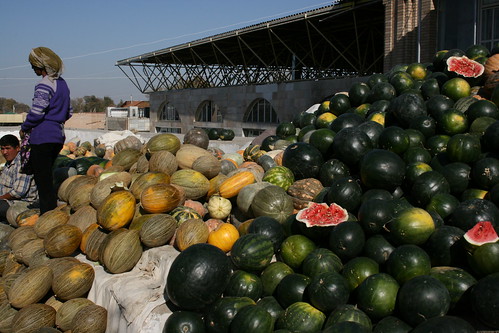The project isn’t just about food – reconciliation and the regaining of trust are equally important. We’re working with people who suffered a lot during the war and our main goal is to bring conflicting sides together. We’ve tried to make a secure space where thoughts and opinions can be exchanged freely; somewhere people can be useful to both the community and their families.
The secure space is in urban gardens. Great idea.
The link to the Community Gardens Association of Bosnia and Herzegovina is wrong in the article. You can find them at their website and on Facebook. Go support them, even just by making seed donations.

